How to Use Division Properties
Division, like other mathematical operations, has several properties. Understanding these properties can help you manipulate expressions and solve problems more effectively.

A Step-by-step Guide to Using Division Properties
Here is a step-by-step guide on how to use some of the most important division properties:
Step 1: Division by Zero
Division by zero is undefined. This means that you cannot divide any number by zero. For instance, “5 divided by 0” is not a valid mathematical operation.
The Absolute Best Book for 4th Grade Students
Step 2: Zero Divided by Any Number
Zero divided by any nonzero number is zero. For instance, “0 divided by 5” is 0.
Step 3: Division of Positive and Negative Numbers
- If you divide two positive numbers or two negative numbers, the result is positive.
- If you divide a positive number by a negative number, or vice versa, the result is negative.
Step 4: Division is the Inverse Operation of Multiplication
If \(a=b \times c\), then \(b=\frac{a}{c}\) and \(c=\frac{a}{b}\). For instance, if \(6=2 \times 3\), then \(2=\frac{6}{3}\) and \(3=\frac{6}{2}\).
Step 5: Dividing by 1 and -1
- Any number divided by 1 is the number itself.
- Any number divided by \(-1\) is the negative of that number.
Step 6: Division of Fractions
When dividing fractions, you multiply the first fraction by the reciprocal of the second fraction. The reciprocal of a fraction is obtained by switching the numerator and the denominator. For example, when dividing \(\frac{2}{3}\) by \(\frac{1}{2}\), you multiply \(\frac{2}{3}\) by \(\frac{2}{1}\) (the reciprocal of \(\frac{1}{2}\)) to get \(\frac{4}{3}\).
Step 7: Distribution Over Addition and Subtraction
Division does not distribute over addition or subtraction. This means that \(\frac{a+b}{c}\) is not equal to \(\frac{a}{c}+ \frac{b}{c}\), and \(\frac{a-b}{c}\) is not equal to \(\frac{a}{c}-\frac{b}{c}\).
A Perfect Book for Grade 4 Math Word Problems!
Step 8: The Quotient Remainder Theorem
For any integers \(a\) and \(b\), with \(b > 0\), there exist unique integers \(q\) and \(r\) such that \(a = bq + r\) and \(0 ≤ r < b\). Here, \(q\)is the quotient and \(r\) is the remainder when \(a\) is divided by \(b\).
Step 9: Long Division
- This is a method of dividing large numbers. The steps are as follows:
- Divide: How many times does the divisor fit into the first part of the dividend?
- Multiply: Multiply the divisor by the result from step 1.
- Subtract: Subtract the result from step 2 from the first part of the dividend.
- Bring down: Bring down the next part of the dividend and repeat the steps until you have gone through the entire dividend.
- The final result is the quotient with any remainder.
These are some of the basic division properties and how to use them. Understanding these properties can make it easier to perform more complex mathematical operations.
The Best Math Books for Elementary Students
Related to This Article
More math articles
- How Is the ALEKS Test Scored?
- 8th Grade SBAC Math FREE Sample Practice Questions
- How to Solve Exponential Equations
- 10 Most Common CLEP College Algebra Math Questions
- How to Write Linear Functions from Tables
- How to Unravel Constant and Identity Functions
- How to Prepare for the ISEE Middle-Level Math Test?
- FREE 8th Grade Georgia Milestones Assessment System Math Practice Test
- How long Is the SHSAT Test?
- How to Solve Absolute Values and Opposites of Rational Numbers?
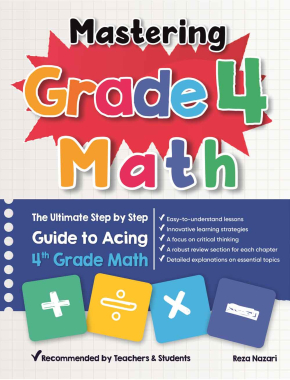

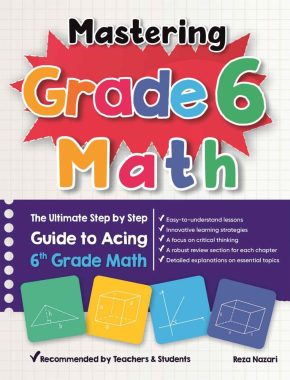
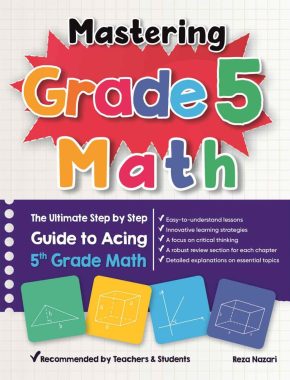
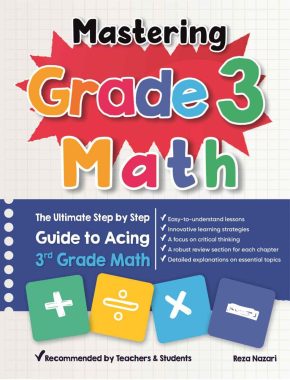


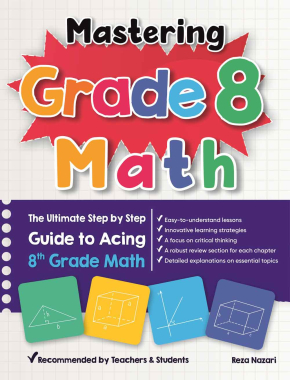
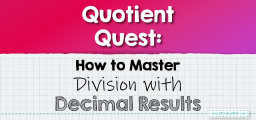
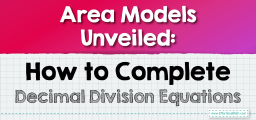
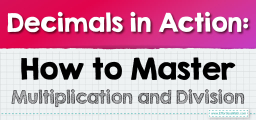

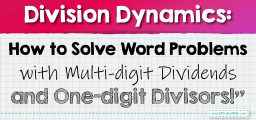
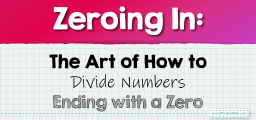

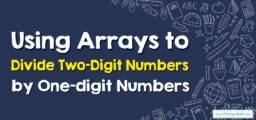


What people say about "How to Use Division Properties - Effortless Math: We Help Students Learn to LOVE Mathematics"?
No one replied yet.